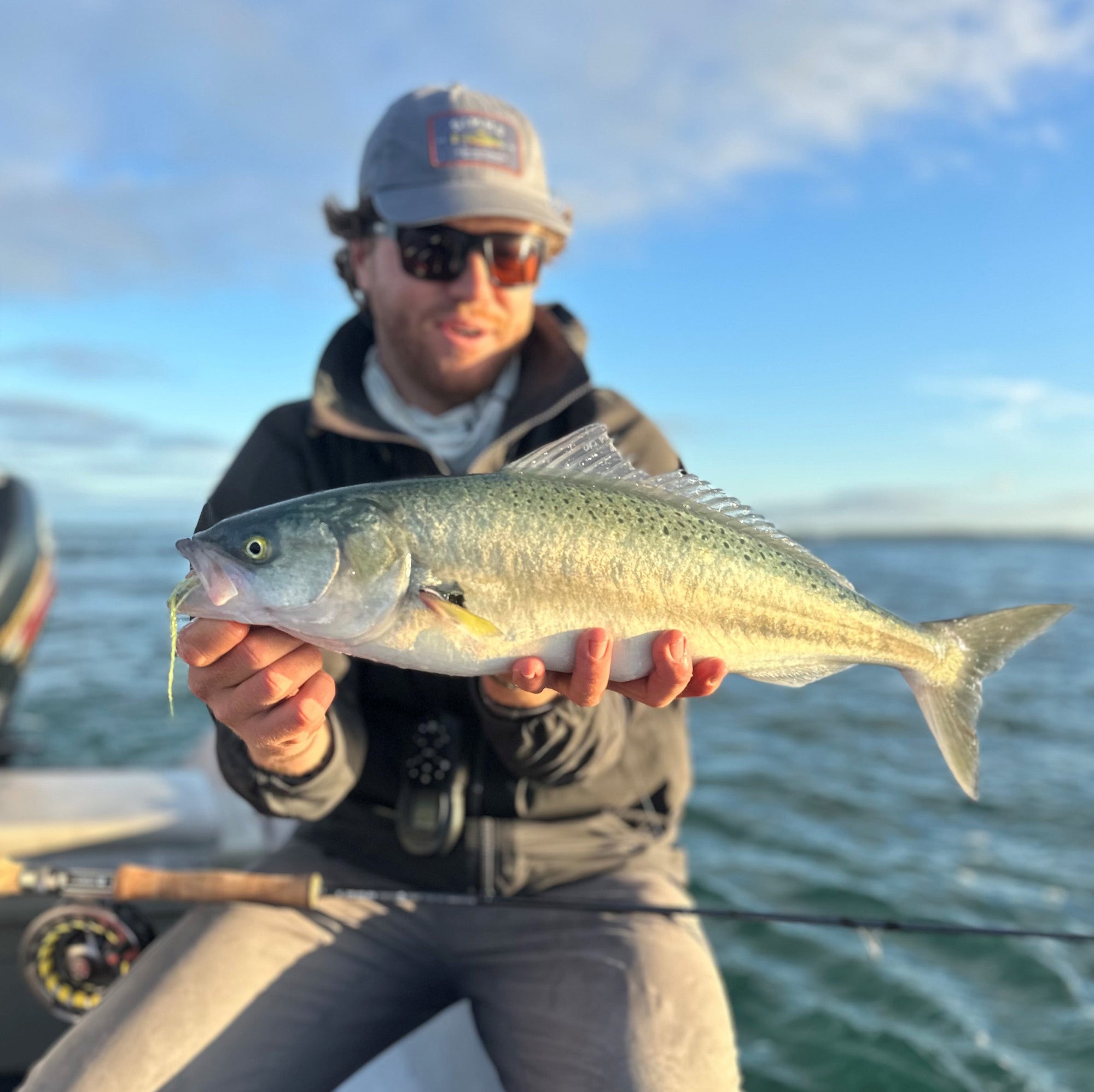Ever herd of the six Ps? - “Prior Preparation Prevents Piss Poor Performance”. First things first, you want to make sure all your gear is ready to rumble, before heading out for the first trip of the season. Its good practice to pull out the gear well before you plan to use it and make sure all is good.
Nothing worse than going on your first trip for the season, arriving at your destination to find your rod broken, fly line cracked or dirty, reel isn’t working properly, etc.
It’s easy and beneficial to look over your rods prior and carefully check all the guides, reel seat and make sure there are no minor cracks or fractures in the blanks. Check the guides carefully for wear - especially the top tip.
Go over your reels and make sure the bearings are good, reel seat is structurally sound and drag is working properly. After the rods and reels are all in good order, the next thing to look at is the fly line.
You want to make sure the fly line is clean and in good condition, especially without any cracks. This is by far the most important part of the equation, having a good condition fly line makes all the difference in one's casting ability, as long as it is matched to the rod of course. If the fly line is cracked, the best option is to replace it with a new line. Check out our range Here. If the line is only dirty and has no cracks in it, then all you need to do is clean it. There are a few different products to use to clean lines, one of the best is the Scientific Anglers fly line dressing and cleaning pads. This dressing helps to condition your line for better casting ability, higher floating and gives it a longer life. Check It out on our website here.
Have you got a sinking line? Early season in Tasmania is best fished with wet flies, and will most likely require a sinking fly line of some sort if you are to maximize results. Sinking fly lines vary from intermediate 0.5” per second (sink) to over 7" per second. In Tasmania most of the early season lake fishing is done in and around 2-9 ft. in depth and sometimes more. Commonly slow intermediate to sink 3 (3 inches per second) lines are sufficient options in these cases. On some occasions a sink 5 is a viable option, depending on weather, water depth, fly choice and if you’re fishing out of a boat or of the shore.
Fishing from the shore I’d recommend fishing a slower sinking line, like an Intermediate or even a sink tip line. One of the benefits of a sink tip line from the shore is that the line will not sink in and around your feet when wading and become a tangled mess when you next cast it. Obviously if you’re standing on the dry bank this is not of concern. Depending on the depth and steepness of the shore you choose to fish, when standing on the shore you are not moving and should have plenty of time to let your line sink to the preferred depth. Therefore, I believe an intermediate line is the ideal dry shore based sinking line option. I generally find the slower the sink rate the better!
Fishing out of a boat it is a different story all together. The boat is constantly moving, when drift fishing, and you will need a line that will sink to the depth you are aiming for in time for you to retrieve it all while maintaining a tight line. For this I find a Sink 3 to be a perfect option a majority of the time unless I want to fish deeper or the wind is blowing like mad then I prefer to go a faster sink rate. Personally, I find a really good line for this stile of fishing is the Scientific Angler Sonar Stillwater series in a S1/S3, or when fishing winder conditions or deeper water I prefer the same line in a S1/S3/S5 or S3/S5. Luckily, we have large range of sinking lines in store to suit many different scenarios, check out the range here.
Have you checked your tippet and leaders? Monofilament deteriorates with age and for the sake of a few dollars it is worth double checking and replacing. It's good practice to test your tippet by pulling off small amounts and giving it a good pull, testing its tensile strength. It also good to tie some knots in it to test its base knot strength. If you feel your tippet isn’t holding up to its labeled weight, in tensile strength and base knot strength, then it is not worth mucking around with. Throw it away and replace it with new stuff! It’s one of the most important parts in the whole set up when it comes to staying connected and landing fish. It’s also one of the least expensive bits of all your gear after the fly, so don’t waste your time with the old stuff.
A couple of good early season options and flies include;
- Penstock lagoon; Bead Head red and black wooly buggers, Shrek and Magoo Patterns.
- Four springs; unweighted Green and black wooly bugger and Fluro bead head wooly buggers.
- Arthurs lake; Fur Flies, wooly worms and a variety of black wooly bugger patterns are great options.
There are lots of other good wet fly patterns that will do the job. We have small range of wets available online here, otherwise give us call or pop in store to check out our full range.


